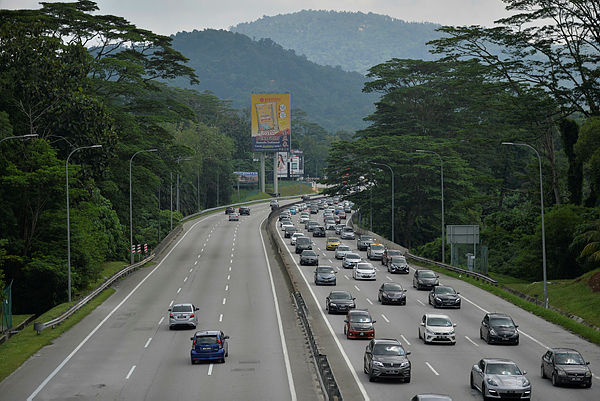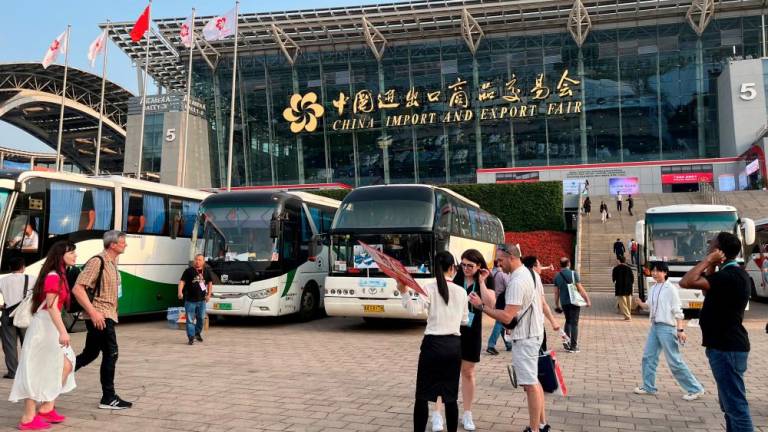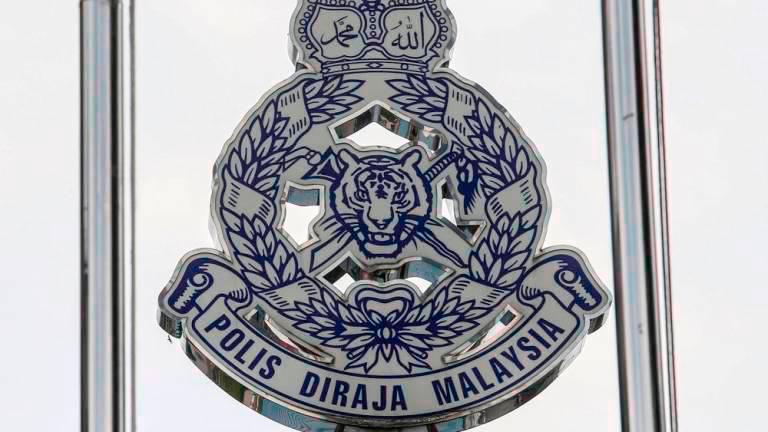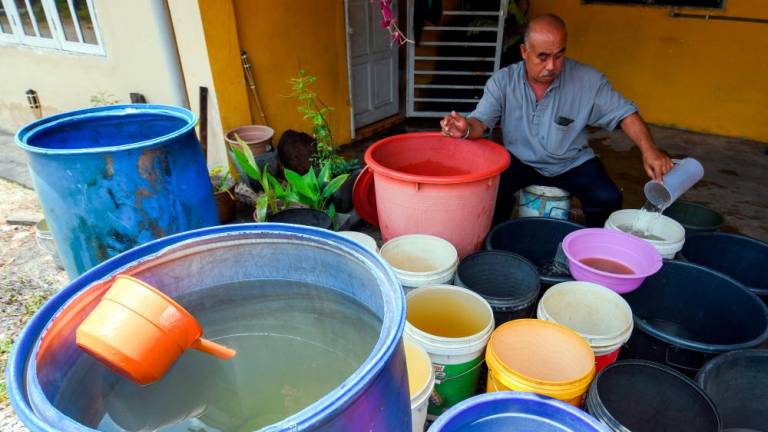KUALA LUMPUR: Plans to build new infrastructure, and to provide services and connectivity in the country must be based on demand and assessed thoroughly to determine the actual need and feasibility.
Therefore, the government has outlined six strategies and 30 action plans to strengthen these aspirations in the National Transportation Policy Report 2019-2030: Policy Thrust 2.
Based on the report, the government would optimise existing infrastructure and assets, as well as accelerate usage of automation through the adoption of technology and digitalisation in transport such as accelerating usage of automation and digitalisation to increase the efficiency of port and vessel operation.
“Additional utilisation of technology has the potential to address some of the issues faced, as well as providing sufficient data to allow more accurate mapping of future demand to allow optimal infrastructure build-out,” it said.
The report said the current movement of goods by rail is only 30% of total railway track capacity, and less than 5.0% of land freight is transported by rail.
Thus, there is an untapped potential for using rail to transport goods, especially for dangerous and hazardous materials and at the same time, there is additional capacity on the existing KTM Komuter and intercity rail services which have the potential to be utilised.
Hence, it said among the actions that will be undertaken by the government include upgrading rail facilities to and within ports to ease freight movement.
Based on the report, the government would improve, integrate and expand rail and road links to airports, seaports and inland ports, industrial areas, and the hinterland.
This is due to some of the challenges include the imbalanced modal split which is highly dependent on road, traffic congestion and limitations in inland facilities (such as warehouses and depots).
It said the maintenance regime for all assets and infrastructure need to be strengthened to ensure seamless, safe and efficient operations.
“The majority of delays and costs associated can be attributed to inadequate maintenance of transport infrastructure.
“This calls for better coordination between agencies and more efficient management of resources. Furthermore, the focus has been on corrective maintenance instead of preventive maintenance,” said the report.
Meanwhile, emerging global trends on air cargo are about to bring massive impact to the transport sector, thus ensuring appropriate infrastructure in place while maintaining safety has become an increasingly difficult task, it added.
As such, it said the current regulatory framework needs to be further scrutinised as the effect of increased regulations may dramatically increase the cost of doing business in addition to impacting transit times, damaging the value proposition of air cargo as a quick way to transport goods.
Among the actions would be: facilitating handling transhipment cargo using the multi-modal mode of transport by improving facilities, accessibility and affordability.
It said with the proliferation of technologies such as cloud-based services, miniaturised sensors and online purchasing there is strong demand for integrated logistics as the foundation of the transport industry.
“There is an urgent need to move towards web-based platforms for better utilisation of warehouse, goods vehicle and containers space through sharing approach to improve efficiency.
“Thus, the action will be, among others, encouraging the development of urban logistics distribution to cope with urbanisation; facilitating e-commerce activities; and improving the accessibility and affordability of delivering goods to the rural and remote areas,” it added. — Bernama













